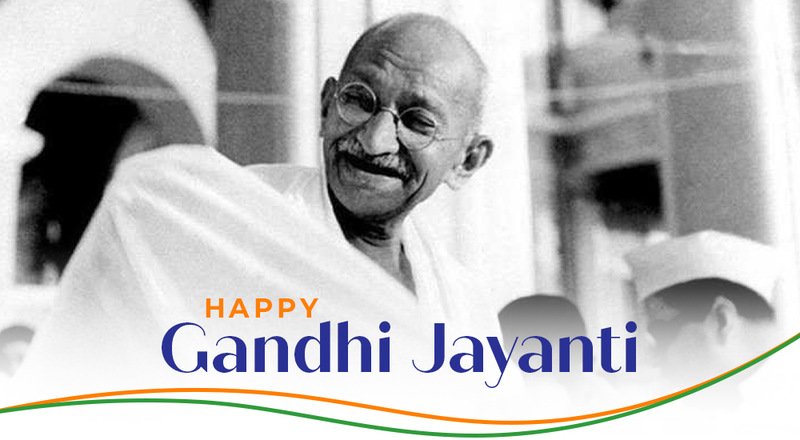The global economic landscape has witnessed a transformative shift over the past two decades. This change is primarily attributed to the rise of the BRICS nations, an acronym representing Brazil, Russia, India, China, and South Africa. These countries have not only emerged as significant players in the global economy but have also initiated various collaborative efforts to reshape the world’s economic and political structures. This article delves deep into the evolution, significance, and future prospects of the BRICS nations.
The Emergence of BRICS
The term “BRIC” was coined by Jim O’Neill, a former Goldman Sachs economist, in the early 2000s. He identified Brazil, Russia, India, and China as the four rapidly growing economies poised to challenge the dominance of established Western economies. South Africa was added later, turning the acronym into BRICS.
However, the journey of these nations hasn’t been without challenges. For instance, Brazil faced economic slowdowns around 2014, and Russia’s description as a ‘rising’ power has been debated due to its historical stature as a superpower. India’s growth has been commendable, but its global GDP share has been overshadowed by China’s meteoric rise. South Africa’s addition was more for regional representation than its economic prowess.
China: The BRICS Titan
China’s economic development has been nothing short of phenomenal. As of recent data, China’s GDP stands at almost $18 trillion, which is more than double the combined GDP of the other four BRICS nations. In comparison, while the United States boasts a GDP of $23 trillion, China’s economy surpasses it in terms of purchasing power parity (PPP).
BRICS: More Than Just an Economic Bloc
Beyond their economic significance, the BRICS nations have evolved into a formidable political alliance. Since 2009, they have held annual summits, expanding their collaborative agenda. In 2014, they established the New Development Bank (NDB) with a start-up capital of $50 billion. Additionally, the BRICS Contingent Reserve Arrangement (CRA) was set up as a liquidity mechanism to support member nations facing short-term financial challenges.
The Global Impact of BRICS
BRICS nations account for 23% of the global economy, 18% of global trade in goods, and 25% of foreign investment. Their combined influence makes them an unignorable force in the world economy.
Chinese President Xi Jinping has emphasized the need for strengthening global economic governance. He advocates for increased representation of emerging markets and developing countries, ensuring equal rights and opportunities for all nations.
The Future of BRICS
The BRICS nations are continuously seeking to expand their influence and collaboration. There have been discussions about including other countries, with nations like Egypt, Iran, Saudi Arabia, Turkey, and Argentina expressing interest in joining the bloc.
However, the expansion of BRICS is not just about adding new members. It’s about strengthening the existing framework, addressing the diverse interests and developmental trajectories of member nations, and enhancing their collective influence on the global stage.
Conclusion
The BRICS nations have undeniably reshaped the global economic and political landscape. Their collective efforts, combined with individual national strengths, position them as significant players in the future of global governance. As the world grapples with economic challenges, political upheavals, and the ongoing pandemic, the role of BRICS in steering the global community towards stability and prosperity becomes even more crucial.




